The freeze didn't kill my plant! Hotcha!
minflick
17 years ago
Related Stories

HOUSEPLANTS8 Houseplants You Can't Kill
They're forgiving and let you forget. Houseplants don't get any easier than this
Full Story
MOST POPULARThe Perfect Houseplant for People Who Kill Houseplants
If you can fill a jar with water, you can keep golden pothos vine happy — and it will pay you back with cleaner air and a greener home
Full Story
GREEN BUILDINGThe Big Freeze: Inventors Break New Ground to Keep Things Cool
Old-fashioned fridges can be energy guzzlers, but there are more eco-friendly ways of keeping food fresh, as these global innovations show
Full Story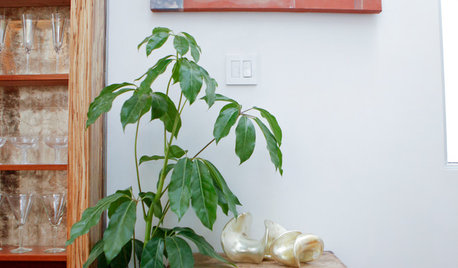
DECORATING GUIDESMeet a Houseplant That Doesn't Mind Neglect
Got better things to do than remember to water your houseplants on schedule? Schefflera will forgive and forget
Full Story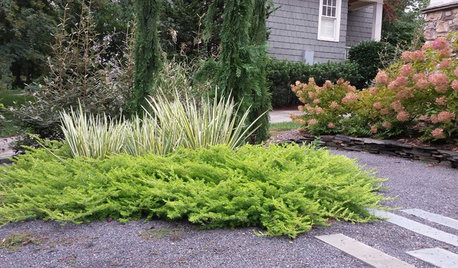
PLANTING IDEASThese Aren’t Your Grandparents’ Junipers
Dislike junipers? Maybe it’s time to discover new varieties and new uses for this garden workhorse
Full Story
FUN HOUZZ10 Things People Really Don’t Want in Their Homes
No love lost over fluorescent lights? No shocker there. But some of these other hated items may surprise you
Full Story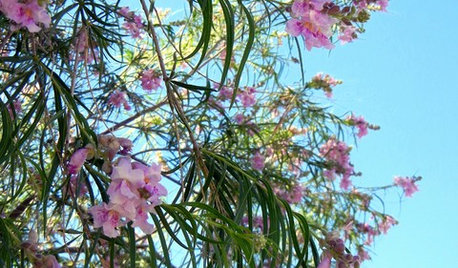
LANDSCAPE DESIGNGreat Design Plant: Paint the Summer Landscape With Desert Willow
If the vibrant flowers of this Southwestern native tree don't blow you away, the hummingbirds, fire resistance and low maintenance will
Full Story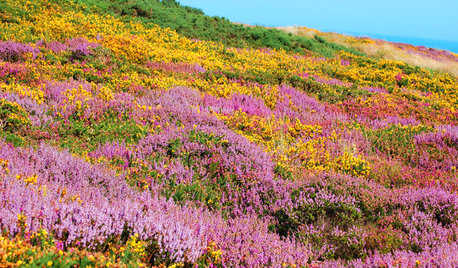
GARDENING FOR BUTTERFLIESGreat Design Plant: Scotch Heather
The moors aren't all moody, as this prettily colored evergreen shrub proves. Plant it en masse for an epic romance in your own garden
Full Story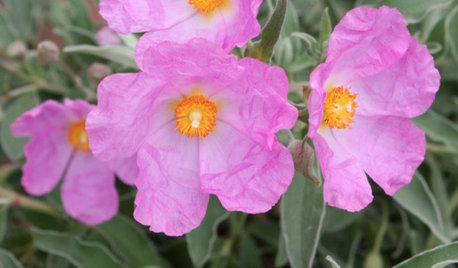
GARDENING GUIDESGreat Design Plant: Rockrose
Dry summer heat and poor soil won't quell the profuse papery blossoms of rockrose, a low-maintenance champion
Full Story
TREES7 Deer-Resistant Flowering Trees to Plant this Fall
If you live in a neighborhood with roaming deer, consider these beautiful trees that won't tempt hungry guests
Full Story





aftermidnight Zone7b B.C. Canada
atash
Related Professionals
Lakewood Landscape Architects & Landscape Designers · Columbine Landscape Contractors · Fort Wayne Landscape Contractors · Golden Landscape Contractors · Porterville Landscape Contractors · Wells Landscape Contractors · West Haverstraw Landscape Contractors · Raytown Landscape Contractors · Annapolis Carpenters · Cypress Carpenters · Kissimmee Carpenters · Norwood Carpenters · Snellville Carpenters · Valdosta Carpenters · Rolling Meadows Stone, Pavers & Concrete